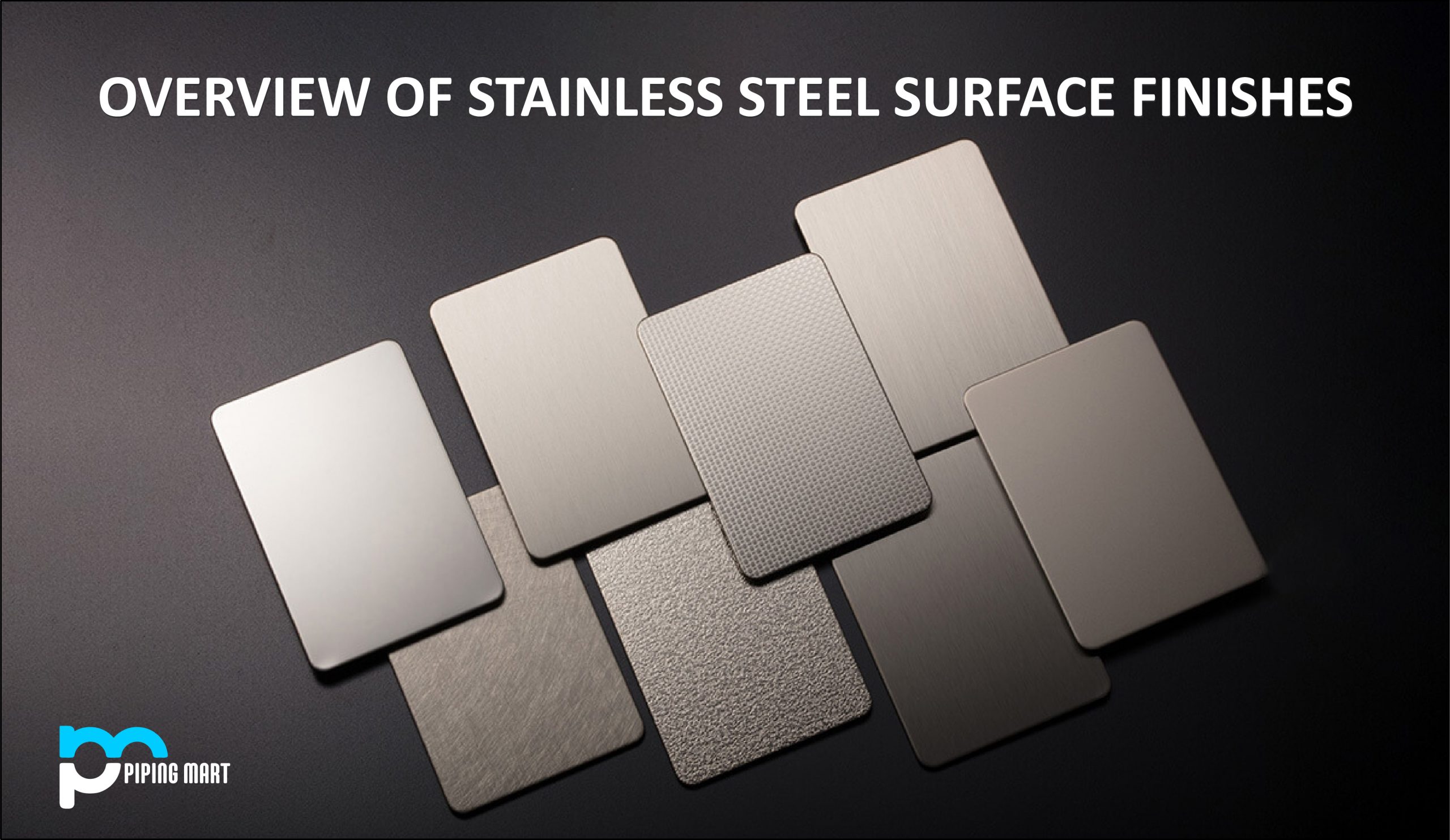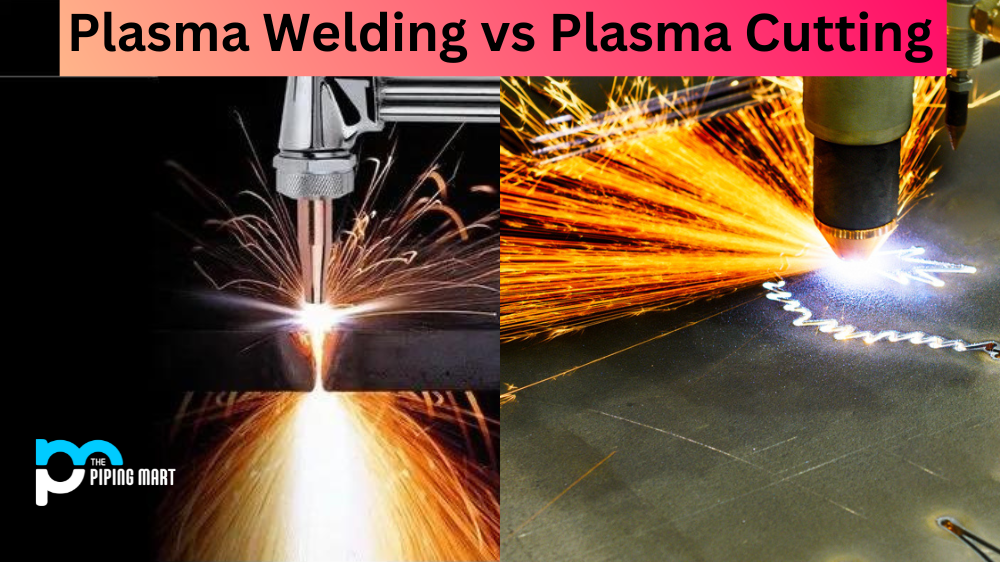For the majority of people, stainless steel refers to that brilliant, bright metal that is utilized in a variety of applications, including kitchens, operating rooms, and attractive building exteriors. The majority would also respond, “mirror smooth,” if asked about the finish. Naturally, a stainless steel item has a finish that is best suited for its use in reality.
Surface Topology, Surface Roughness, and Surface Texture are also recognized words for the texture (or lack thereof) of the metal. These are together referred to as Surface Finishes. Waviness, lay, friction, surface roughness, and profile are other qualities that can be used to further categorize the finish.
Why do surface finishes matter?
The benefit of stainless steel surface treatments is that they give an extra layer of protection against oxidation, corrosion, rusting, and staining. Finishes can also fulfill design requirements, providing visually pleasant appearances for architectural or other decorative uses. Some finishing services may call for thermocouple cleaning and capping or commercial cleaning and capping of stainless steel that has already been put to use. The planned post-fabrication application will have a significant impact on the stainless steel surface finishes.
Types of finishes
- Standard finishes are continuously produced. They are typically self-available or easily purchased with little lead time. They are the finishes that are utilized in the majority of stainless steel applications. Both “Mill” and “Polished” are considered standard finishes.
- The least expensive finish option is mill finishes. Both hot and cold rolled mill finishes exist, and as this description suggests, the stainless steel is put through special rolls or dies to generate at least some of its appearance. These coatings’ reflectivity ranges from flat to mirror-like.
- Polished finishes are produced by mechanically abrading the surface with a series of gradual finer abrasives or a special rolling procedure that stimulates the appearance of mechanical abrasion. The smoothest polished finishes are buffed after mechanical polishing to produce a mirror-like appearance.
- Special Finishes are those that are frequently utilized when aesthetic appeal is crucial. This category comprises non-directional scratch patterns, ground circles, swirls, embossed and coined textures, and various coloring and coating techniques.
- #1 is hot-rolled, annealed (hardened through progressive cooling during manufacture), then pickled (treated with pickling acid to remove surface impurities). The surface of the metal is exceedingly rough and uneven since it has not been mechanically polished.
- #2B is more reflecting and has been compared to a foggy mirror. There is no mechanical polishing necessary, in contrast to most other finishes. Instead, during the last thickness pass, the metal is run through polished rollers to provide a dull but incredibly uniform and smooth surface that is very challenging to duplicate using any other method.
- #2BA has a surface that is quite reflective. Bright Annealed is abbreviated as “BA.” In order to avoid scaling and oxidation, it is annealed in an atmosphere-controlled furnace.
- #2D appears to be a uniform, dull silver-gray color. It is cold rolled and heat treated, but it does not go through the polish rollers one last time like #2B does. It is utilized when outward appearance is not crucial.
- #3 has a brushed finish. It is a finish made of brief, parallel lines created by grinding or roughing with abrasives of 100–120 grit.
- With its dual uses, #4 is arguably the most popular finish. Known as a Brushed, Directional, or Satin finish. It is also the finish that is most typically used in kitchens and restaurants, frequently for work surfaces, equipment, and decorative features. The dairy and pharmaceutical industries use #4 Sanitary, which uses the finer grits.
- #7 is really reflective and glossy. Panels with a #4 finishes are taken and polished to a high gloss to produce it. The original grit lines can still be seen from a distance despite the surface’s superb reflectivity.
- The dazzling, mirror-like finish is #8. It has been mechanically polished to be as reflective as possible. It is made by buffing surfaces with progressively finer grits until they shine highly. For high-end projects, custom architecture, design, and decor as well as optics use this.
In connection with that, Passivation does not constitute “surface finish” because it has no impact on the surface’s profile, roughness, or outward appearance. It entails utilizing a chemical process to remove iron ions from the stainless steel’s surface. By doing this, the stainless steel is made molecularly chemically inert, which prevents corrosion and interaction between the contents of the vessel or container.
Thus, Surface finish is a significant consideration, and for applications where aesthetics are crucial, finish must be specified because it is a design aspect.

Pipingmart is B2B portal specializes in industrial, metal and piping products. Also, share latest information and news related to products, materials and different types grades to help business dealing in this industry.




